Atoms For Prosperity: The Radiant Master Plan
For the full PDF of Atoms for Prosperity, click here.
Humans are extraordinary — but simple — machines
We can survive and thrive in any environment on Earth or across the cosmos with an abundance of three basic ingredients—oxygen, water, and power. This is the triad of life support. Water and oxygen are pretty self-explanatory—both “why” they’re important, and “how” to get them—both here on Earth and beyond it. Power, on the other hand, has always been the challenge.

Humankind’s history with power truly began with the utilization of our most important tool: fire. Fire gave us the ability to take a form of stored energy and release it at will to do work. Human creativity led us to use fire to keep predators away, to cook food, to light up the night, and to prepare fields to unlock nutrients for crops. Digging deeper in the earth, we found a black rock that could be heated to make gaslight and steam power, and coal replaced wind-powered ships. Humanity innovated again when we discovered oil—a lower-cost source of highly portable liquid power with much higher energy density, thankfully before our custom-built combination whale-murder-and-render ships almost farmed whales out of existence.
All forms of power up to this point in human history can be traced to the Sun, through life-trapping energy by photosynthesis and storing it as wood, or coal, or oil. Each new source of power didn’t replace the others, but was instead added to the human repertoire, and applied where we saw best. But human innovation never rests, and a new power source was soon untangled by inquisitive minds. We found another kind of black rock—a magic rock—that can unleash two million times the energy that we can get from the highest-density hydrocarbon. These magic rocks tapped into the very nature of the Sun itself.
We named this new form of energy ‘nuclear.’
For the first time in human history, our civilization was presented with a better source of energy—the source of energy from which all power comes—that could allow us to more safely advance, and yet we decided not to utilize it fully. Despite nuclear power representing 18% of total electric power generation in the United States (and 55% of all clean power generation), there are zero new commercial plants in construction.
Although the regulatory body for commercial nuclear reactors, the Nuclear Regulatory Commission, stands ready and willing to do its job to ensure nuclear energy continues to be safe and reliable, generations-old barriers on materials, overly prescriptive rules, and rigid timeline requirements have stopped developers from creating nuclear power generators for their potential customers.
The cause of that? Fear. Some of that comes from a lack of education: a conflation of nuclear weapons with nuclear energy created during the Cold War or due to watching too many Hollywood disaster films. The result is we’ve spent decades with our hands tied behind our backs, unable to unleash the benefits of a better form of energy.
It is time to start using the accumulation of 100 years of learning and advancements in nuclear physics to eradicate myths currently in the public psyche and replace ignorance with the simple truth: nuclear energy is as necessary to harness for the advancement of human civilization as fire.
Uranium: The Natural Battery
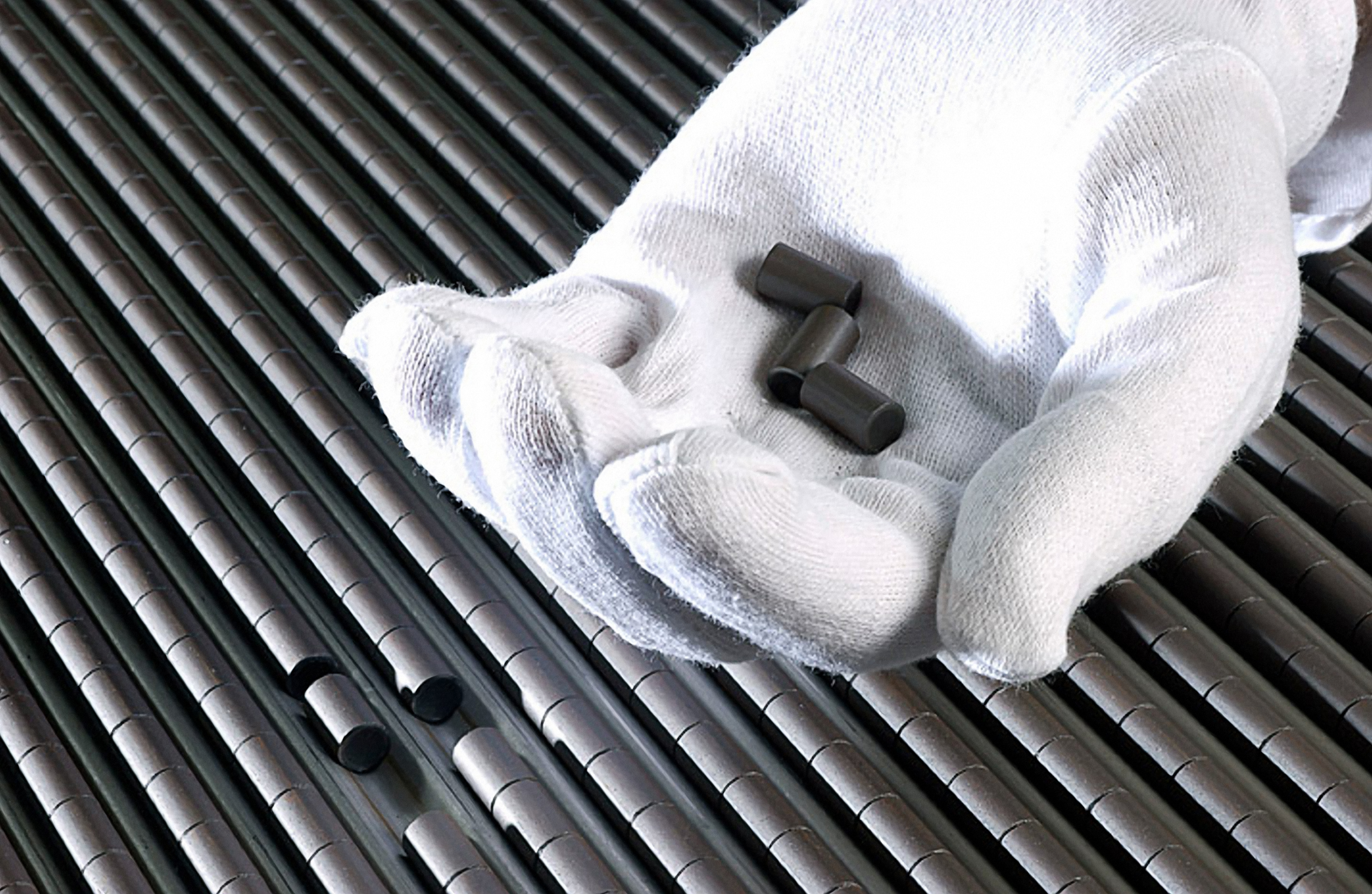
Where does Uranium come from?
Uranium is created in a natural cycle, just like all other forms of energy, and we need all forms of energy! Uranium is created when two neutron stars collide, a phenomenon—first seen in 2016 through gravity wave observation—that we now see about one to two times per year in the Milky Way. This spiciest of stardusts is jam-packed with energy and exists commonly throughout the sphere of the Earth in huge quantities, right under our very feet. Uranium is the heaviest naturally occurring element. It is only partially stable, however, and over about 700 hundred million years, about half of it will undergo spontaneous fission and alpha decays and be converted to smaller and more stable atoms. Leaving it in the Earth is wasting a precious resource made billions of years ago by dying stars. It is very much akin to allowing sunlight to shine on past when we could very easily hold up a solar panel to gather that free energy! Uranium left in the Earth that undergoes spontaneous fission will also, through a totally natural process, become the thing we refer to as ‘nuclear waste,’ the same mixture of materials that would exist in spent fuel from a fission reactor.
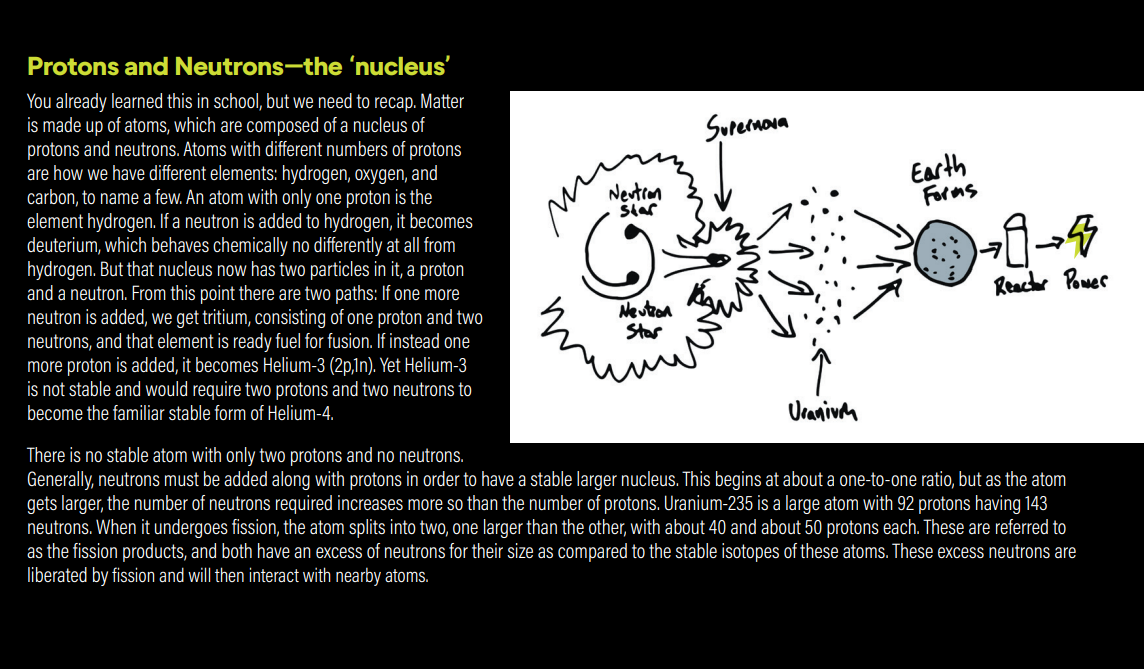
Radiation: Natural in Your Body, on Earth, and in Space
“Can’t see it, so I die from it?” No.
Your body is emitting 500 gamma rays per second. This is primarily due to naturally occurring Potassium-40 undergoing radioactive decay. It is a required nutrient for you to live, found in bananas, potatoes, and all sorts of common foods.
Germs were invisible and killed hundreds of millions of people unnecessarily throughout history. We did not know they were dangerous, but we have now generally accepted that they do exist and that there are easy steps to avoid disease and deaths. Doctors who delivered babies finally started washing their hands as a required step a little over 100 years ago. Since then, that simple action has saved countless lives. Radiation is also invisible. In the mid-1900s, there were some unnecessary deaths due to radiation. But we now have an ability to sense and to see it, and there is no reason for more deaths nor for ignorance, which is the root of fear.
In fact, radiation now saves millions of lives each year. Through diagnostic imaging using a nuclear medical isotope, cancers can be found earlier, and through nuclear chemotherapy, we can fight several cancers and win. These cures and diagnostics are both made inside nuclear reactors. If you or a loved one get sick, it is far better to be in a plentiful nuclear world.
Over two million cancer cases are caused by radiation every year globally. The cause is exposure to radiation from the Sun (a fusion reactor!) causing skin cancer, which luckily is often curable. This would be far worse if the Earth was missing an ozone layer, an atmosphere, or if the Sun were closer than 93 million miles away.
Because of natural radioactive decay, radiation on Earth was higher when humans first evolved than it is now, even with weapons use and disasters like Chernobyl releasing radiation. Evolution is driven by mutation, and ionizing radiation can cause DNA damage, leading to increased rates of mutation. Our very existence may owe to radiation.
Any highly radioactive substance is actually decaying away very quickly, limiting the timeline for which we must consider storage. Spent nuclear fuel is radioactive, but over time it decays to very low levels of radioactivity.
What Does it Mean to “Become Radioactive?”
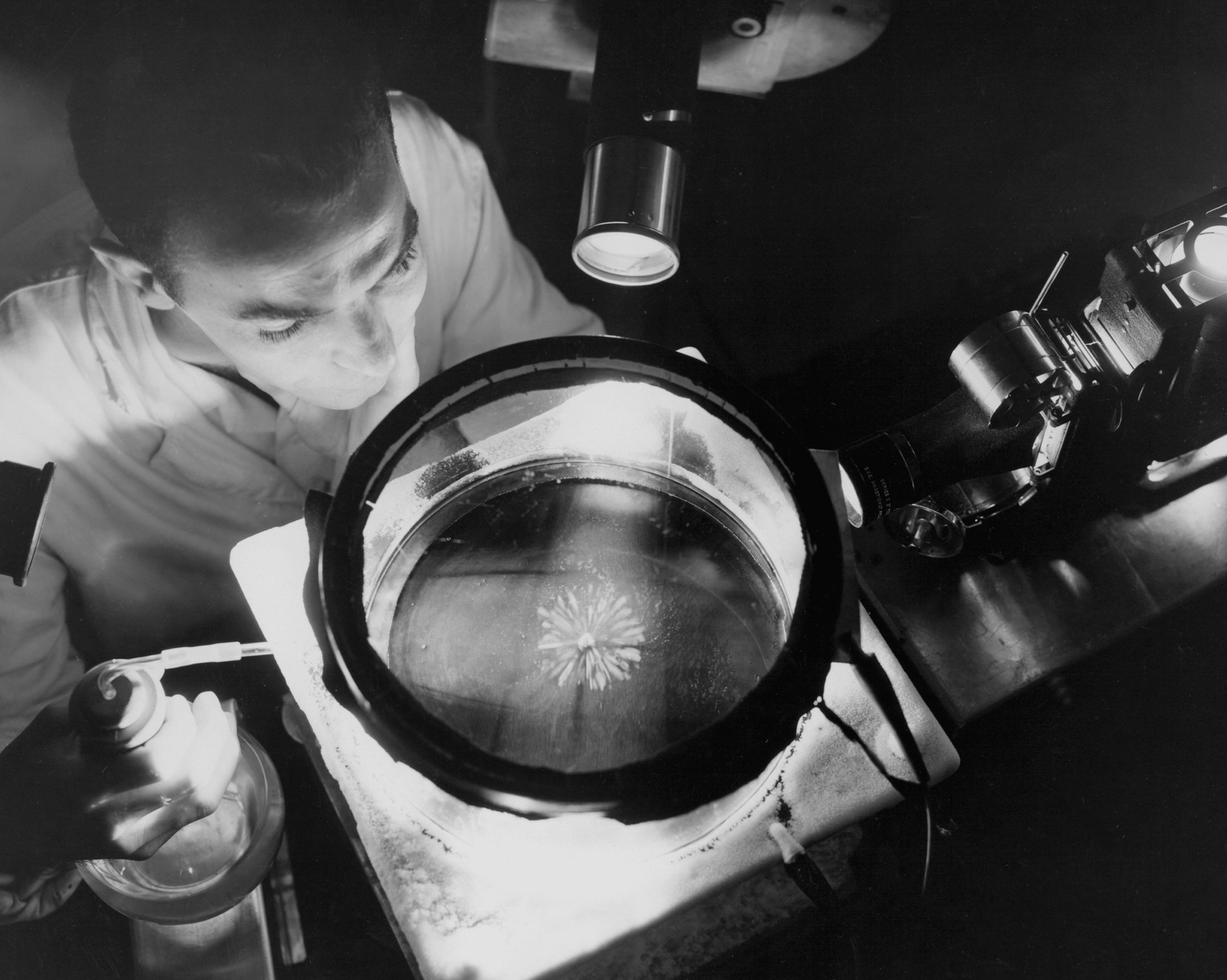
Fresh (meaning not yet in a reactor) nuclear fuel has harmless levels of radioactivity due to a very slow alpha decay as well as spontaneous fission processes. In a nuclear reactor, a critical population of neutrons is generated to create a stable amount of fission reactions per second, yielding a regulated power source. These neutrons travel through the reactor core, and many of them are absorbed by the fuel, moderators, coolant, pressure vessel, and any other materials inside of the primary shielding of the reactors. Excess neutrons cause an atom to become unstable, which makes these materials unsafe to be near after just hours or days of operation at power. These unstable atoms are what we refer to as radioactive.
The process of materials becoming radioactive is referred to as ‘activation.’ The activated materials emit radiation even after the reactor is shut down because the excess neutrons are already in the nucleus. When the reactor is operating, radiation levels are higher since additional gamma radiation is emitted from the fission events and neutron captures.
Waste
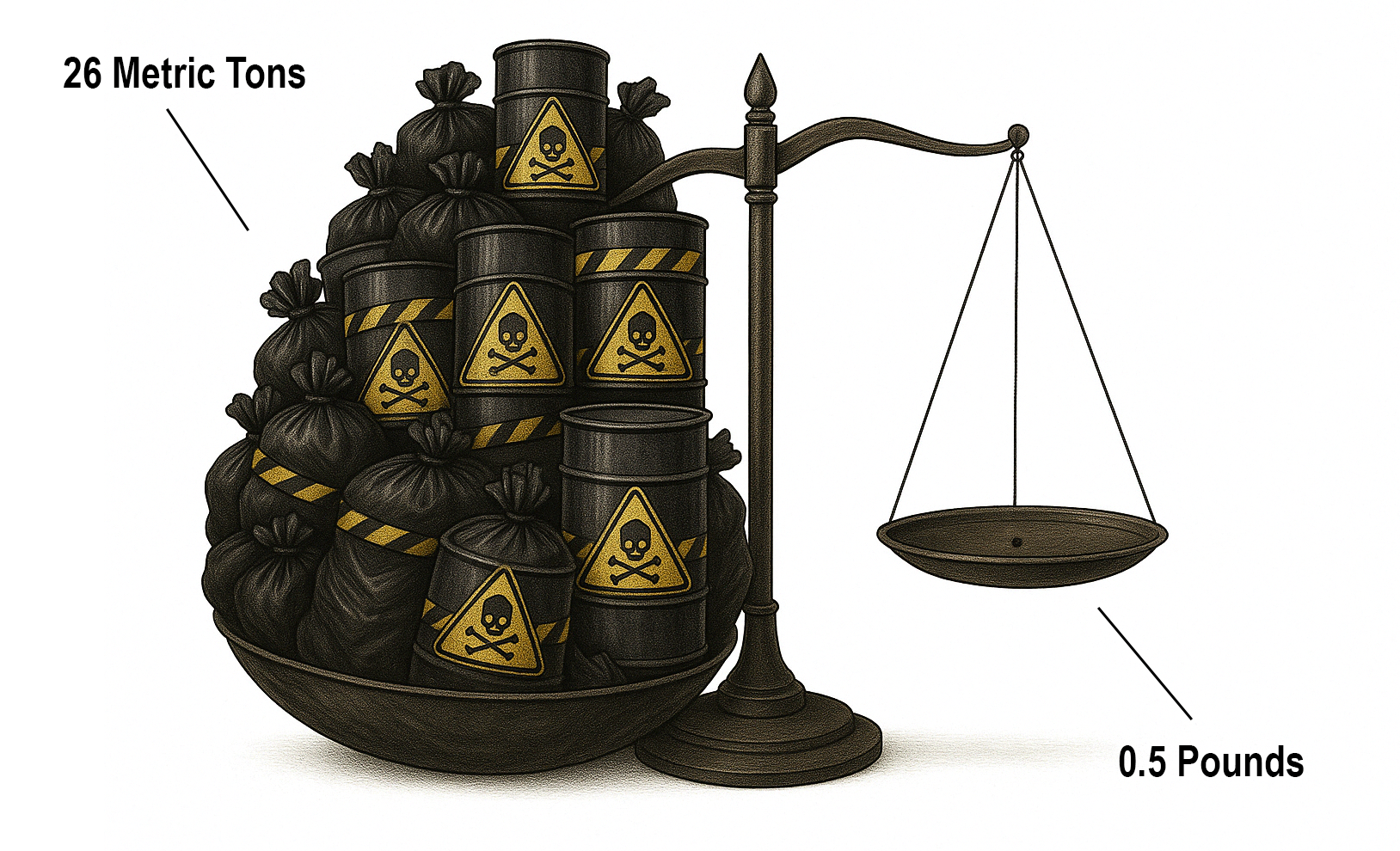
Developed societies produce waste. A lot. Nuclear fuel becomes waste, but waste is present in all forms of energy. Clean forms of power-harnessing such as wind, solar, and hydro do not consume fuel, but the components still have to be produced and assembled, and eventually will be taken down and thrown in a pit or a pile somewhere out of the way. Energy use generates waste, but less-often discussed are transport, packaging, home goods, agriculture, chemical, and sewer systems that are also continuous sources of waste.
So let’s talk about how much—or how little—waste is actually being created by all of us.
Globally, a single person creates an astounding 26 metric tons of waste in their lifetime. That includes not just the small stuff like paper wrappers, but also the really nasty and dangerous stuff like biological waste, PFAS from old non-stick cookware, and even radioactive and hazardous waste from our electronic devices. That’s a massive amount of garbage created by each of us, and we don’t even blink an eye. In total, that’s two Mount Everests of household waste produced by the currently living eight billion people on the planet over their lifetimes.
Now, using that same example, if you were to generate all of the electricity for one person with current nuclear fission technology, it would create just about half a pound of waste. Over their entire life.
That’s the scale we’re talking about here. Detractors would say nuclear waste is long-lasting and radioactive. Radioactive material is dangerous in that it could cause cancer, which is true of many substances in waste streams from other sources, which can be difficult or impossible to detect. Conversely, nuclear waste is extremely easy to detect and compact enough to easily keep it stored safely away.
Storage
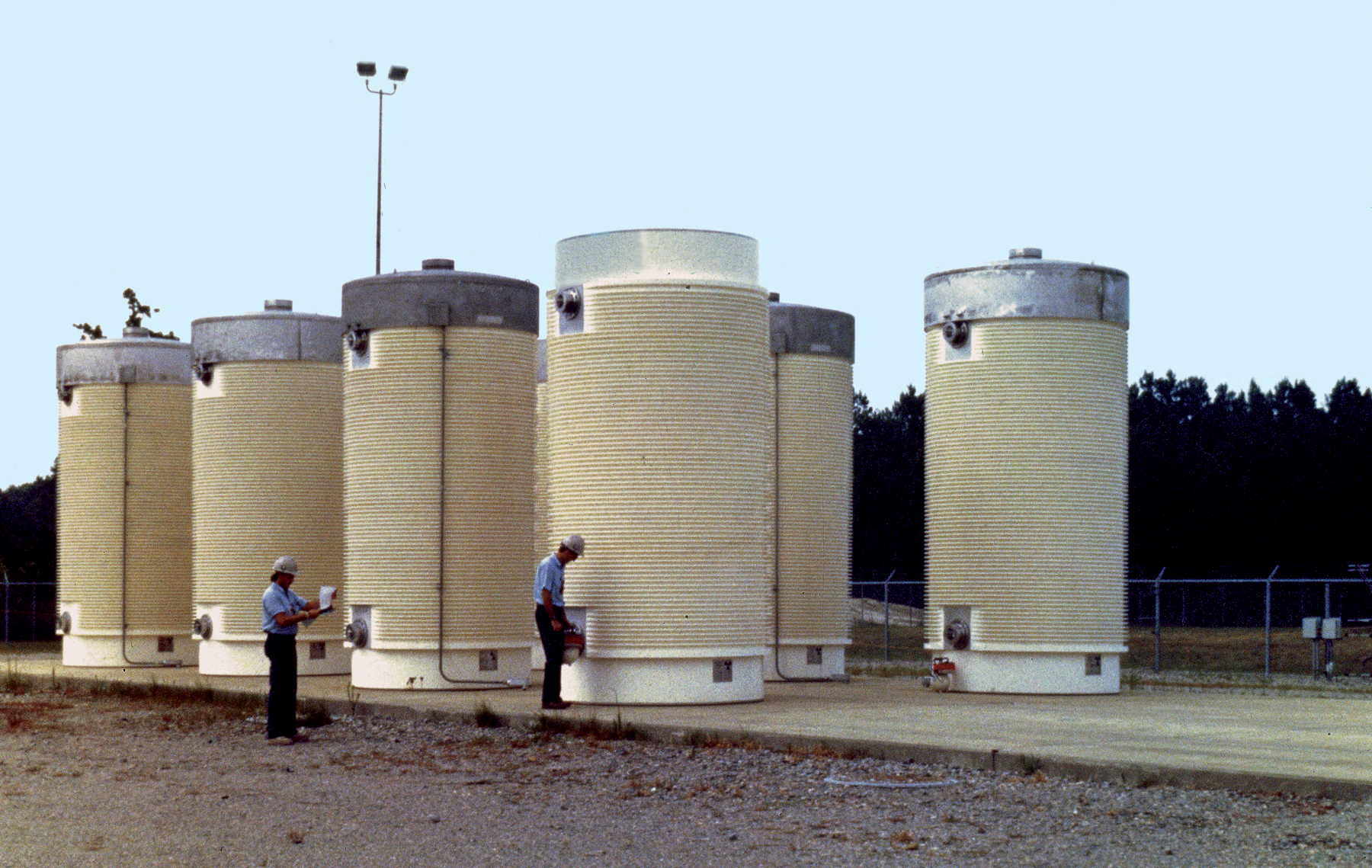
The large reactors currently operating in the United States consume their fuel and require refueling about every 18 months. The fuel is moved into a spent fuel pool to keep it cool, because it is not a high-temperature-resistant fuel form, whereas some fuels, like ceramic coated TRISO particles, are. After cooling for years, the fuel is far less radioactive and generates less heat, so it is able to be placed into dry-cask storage. High-temperature-capable fuels are able to go directly to dry casks.
With 94 gigawatt-scale large light water reactors operating in the U.S., fuel is stored at each reactor site, pairing the generation of clean energy at each with a need to store waste onsite. There is a better solution—a federal mandate and funds to produce a national waste repository.
The Department of Energy (DOE) is responsible for the disposal of nuclear waste from weapons programs and discharged from commercial reactors. The Nuclear Waste Fund had been paid into by all operating nuclear plants (0.1 cents / kWh) for years (until 2014) and has a current balance of approximately $55 billion, intended to pay for the permanent national nuclear waste repository. In accordance with the Nuclear Waste Policy Act of 1982, DOE successfully designed and implemented the Yucca Mountain repository as a practical solution, but it was rejected and cancelled due to opposition from the State of Nevada. Thus, there is no current plan for final disposal.
Nuclear waste is sitting at each nuclear plant site under 24/7 guard, including at reactor sites that have been decommissioned for almost 20 years. Utilities store their own fuel locally and routinely sue the DOE. $11.1 billion has been paid out to utilities for holding the material. To reduce guard cost, the U.S. Government plans to ship all stored waste to a consolidated interim site in Texas while the long-term deep repository is figured out, though some in Texas are strongly opposed to this. Ideally, we’d skip this step and just implement a permanent waste repository rapidly. Historically no state wanted it, but now many states are rethinking their decision given it will create permanent, high-wage jobs in their community.
The Waste Isolation Pilot Plant (WIPP) was built in southeastern New Mexico from 1979-1991 at a cost of $2 billion. It is only used for ‘defense waste’ (e.g. protective clothing, scrap metal, rags, old tools, chemical residues, etc. that are contaminated with Plutonium from naval reactors and weapons production). Like Yucca Mountain, the salt deposit WIPP is located in could be used to store the spent commercial fuel.
About $2.7 billion per year is paid out to U.S. nuclear operators for spent fuel storage. It would cost only $2 billion to make the national waste repository.
A Case for Every Flavor of Nuclear Power
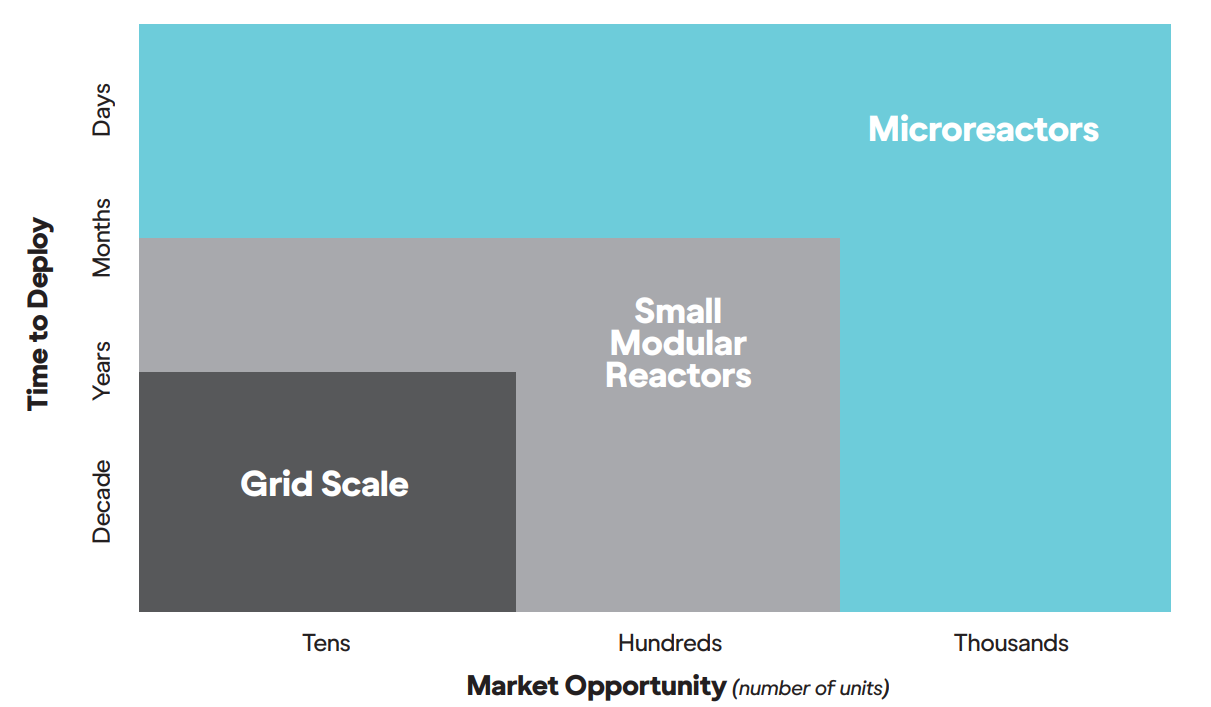
Nuclear power was famously promised to be too cheap to meter. In the 1970s, the U.S. energy crisis (set off by the Iranian Revolution, then made long-term by the formation of OPEC) saw per-capita electricity and fuel prices skyrocket. For communities with nuclear power, this should not have been the case since nuclear fuel is not strongly connected to oil prices, yet the nuclear costs also increased. Regulated energy markets run by a single utility can set prices to any level and the public will have to pay it. Tiny, isolated microgrids with small reactors present an opportunity to avoid this additional challenge and avoid an extra miracle required for a company to succeed. The need for more than one miracle would make for a bad business plan.
Grid-Scale & SMRs vs. Microreactors
First built starting in the 1960s, grid-scale reactors are about 1000MW. In the U.S., our average build time was about six years at the time. Currently, we build very slowly (approximately 10 to 15 years) due to the stop-start nature of intermittent reactor construction projects in the U.S. Reactors being constructed in South Korea and China today are built, on average, in just five or six years. Japan has the most impressive construction record, building their fleet in the 80s and averaging just four years of build time.
Small Modular Reactors were popularized around 2010, representing a group of reactor developers all targeting designs of about ~50-300MW. These designs vary in technology type, but all focus on building more of the reactors off-site to shorten the onsite construction time and to achieve economies of scale at the factory. None so far have been constructed in the U.S. The timeline can be just a few years.
Microreactors are about 5-20 MW and represent an even shorter onsite construction timeline than SMRs. Additionally, many designs can be passively cooled, even without backup power, due to smaller cores requiring less fuel. The timeline can be months.
Portable microreactors are even smaller, only a few MW or less. These designs can be fully factory-constructed, with little to no onsite infrastructure required. The spent fuel can be shipped away inside the reactors. The timeline can be weeks. This is what Radiant is working on.
Portable microreactors are maintained at the factory and allow use of nuclear power in very remote places (not dissimilar to the Army reactor program in the 1960s that saw reactors in Alaska, Antarctica, and the Panama Canal, to name a few). A big difference from this effort is Radiant’s focus on cost and the reactor designed as a product, achieved through producing 50 reactors per year, a small figure for some products but certainly considered mass production for nuclear reactors.
50 Years Without Innovation
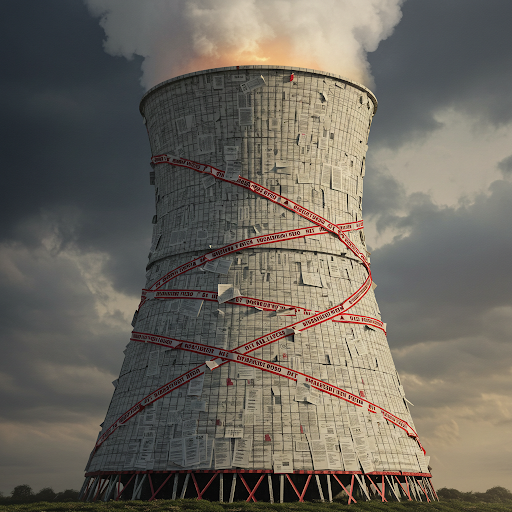
The challenge of bringing microreactors to life will take more than just the technology; it’ll take an industry that designs and builds products that customers want and need, as well as a regulatory landscape that is willing to accept new ideas that are just as trustworthy—if not more so—than the ideas of yesterday.
No new nuclear design has even been approved by the NRC in the U.S., even though we know they want to be freed up to do their jobs. Since its inception in 1974, the NRC has regulated existing plants and designs, a sort of hospice care for the U.S. nuclear fleet. Many plants initially designed for 20 to 40 years of operation have extended to 60-year licenses, and a few are already seeking an 80-year license extension. Our regulatory process has instead produced over 440 regulatory documents: prescriptive regulations appearing under the guise of ‘friendly guidance.’ For a reactor developer, it is an insurmountable task to put everything published over the last five decades—including contradictory thoughts—into practice to achieve successful licensing of an innovative design. What we need instead is re-regulation: to start from a blank slate, write down all of the safety risks, and ensure we have a thorough and critical review process that addresses them all. The point of regulation is to avoid unnecessary risks to the public while minimizing delays in building that delay prosperity. The industry should be looking to work with those at the NRC to figure out how to help them get their job done, not fighting against them.
How about areas closer to nuclear power that are less federally regulated, and more locally regulated? In 2019, 166 electricians in the United States died from electrical accidents. That isn’t nuclear power, that’s just electricity, regardless of what kind of fuel or renewable powered it. Working with an invisible killer that actually kills regularly is very risky. We should respect the dangerous work people are doing that we never see so we can keep our phones charged, our refrigerators cool, and our shows streaming.
That all said, the entire history of regulated nuclear power generation in the U.S. has seen either zero or possibly one death by radiation. While it is invisible, and that can seem scary, nuclear power has been labeled as a potential killer. But here in the U.S., there’s no evidence that it’s actually killed anyone.
Despite accounting for 18% of our power generation in the United States today, the primary concern around nuclear power continues to be an unfounded fear of accidents, leading to accidental deaths.
But the numbers tell a different story. Motor vehicle accidents continue to be a major contributor of accidental deaths across a wide age range, while falls and choking remain a leading cause of accidental deaths for the elderly. Poisoning—likely due to an epidemic of overdoses—continues to grow.
Do you know what’s not a cause of accidental deaths today? Nuclear power.
Atoms For Prosperity
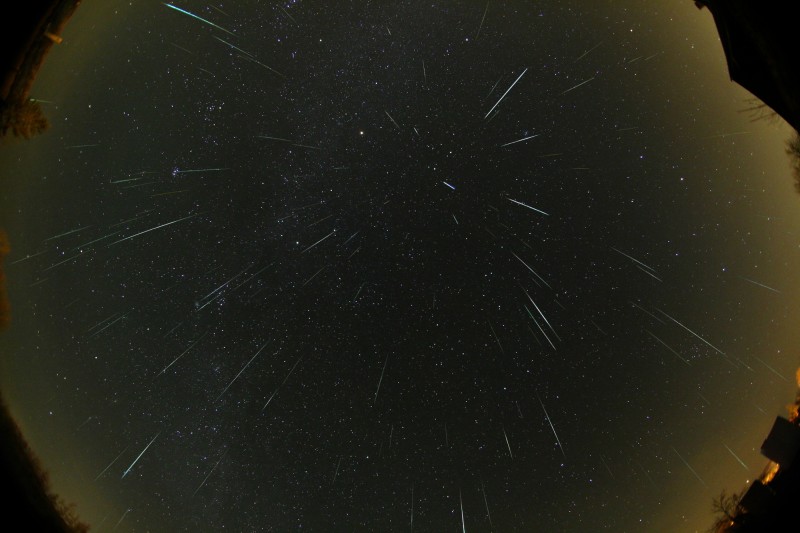
There is a clear path forward to prosperity in our country. Humans are humans because of access to energy and electricity and the ability to do with it whatever it is that we desire. Prosperity comes from lowering costs so that more people can do whatever they want with what they can afford. Efficiency improvements are excellent and have resulted in lower waste of electricity, but global electricity use has doubled since 2000; yet electricity production in the U.S. is up only 10 percent. America should use all forms of energy production available.
Nuclear is currently artificially held back by the myths that we’ve all been told—that the regulators are to blame, that new designs take 15 years to build—all of which are slowing us down. The world’s first artificial nuclear reactor in Chicago was built in less than a year, Liberty ships were built faster than any ships were ever built at scale before, and SpaceX is currently sending a rocket launch into space every few days. When America needs it, they can make it happen. America should be testing new reactor types, building a larger fleet for grid scale power, exporting reactors, and sending reactors to space.
Radiant will not do all of that on our own. Radiant’s focus is to mass-produce portable reactors. We need to replace every 1-megawatt diesel generator with an efficient, safe, and clean mass-produced small, portable 1-megawatt nuclear reactor. They are simple to move, operate, shut down, and send back home with their fuel onboard.
A remote community of 1,000 people could either choose a 1-megawatt diesel genset or a nuclear genset. If a diesel genset is used, it will result in 2 million pounds of CO2 emissions over 20 years and far worse, the diesel exhaust carcinogens will lead to about 12 avoidable deaths due to cancer. In other words, people will breathe cancer every day and some will succumb to it. If a nuclear genset is chosen, there are no CO2 emissions and no risk of cancer. The nuclear fuel stays inside the reactor and can be carried away to a centralized repository. We could open up containers and reprocess fuel to get even more clean power out of it. France already does this, and some reactor companies are working on the same. In the near future, we can move waste products all into a deep borehole, putting them close to where they were before we interrupted their natural cycle to make sure we harvested its power before the uranium fizzled out. Nuclear energy also is the only power that will allow us to outlive our own Sun, to travel unbounded far from it, and even to reach new stars. Nuclear power can make life multi-solar.
That’s why I started this company.
Why did I call it Radiant?
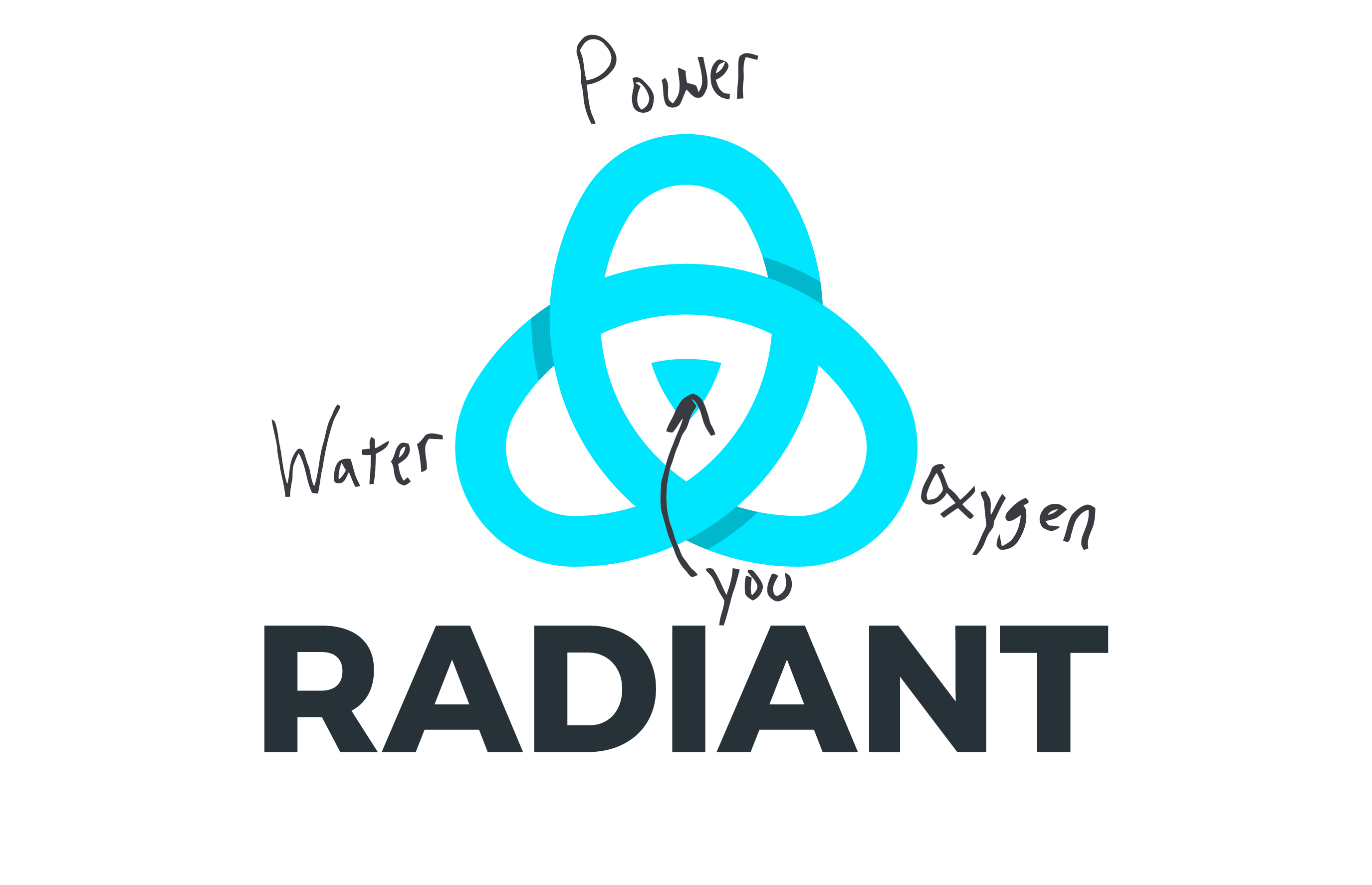
It comes from my personal vision of great human achievement, in a time beyond our own. The radiant of a meteor shower is that point in the sky from which all the bright streaks of light appear to originate. The point itself is dark, but from it springs forth everything.
Imagine a time hundreds of years from now when humans have colonized many planets and even other solar systems. To an observer looking at history over that stretch of time, humans would appear to have sent bright white shocks of creativity, curiosity, and prosperity out to fill the dark universe. All coming from one pale blue dot: Earth. For civilization itself to achieve its maximum potential, we must be the radiant.
We humans have finally figured out the force behind our Sun, the nuclear reactor that makes life possible on Earth. It has long been within our grasp to utilize this force for good, but we need rigorous engineering, the societal will to build, and re-regulation to allow it. This is our vision at Radiant.
– Doug Bernauer, CEO & Founder, Radiant
Are you ready to fight for prosperity? Join us at radiantnuclear.com